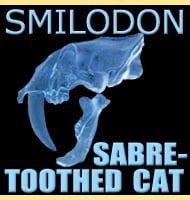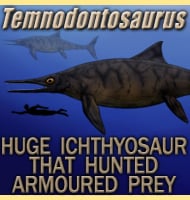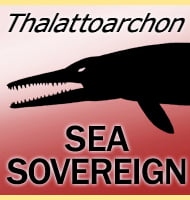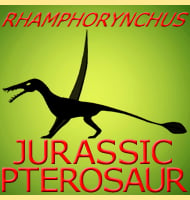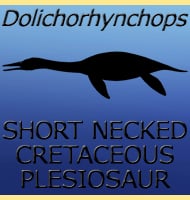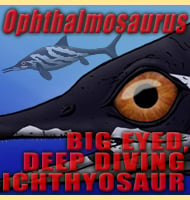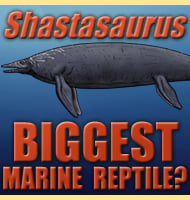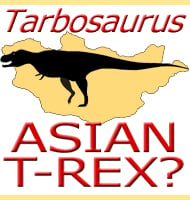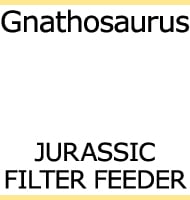In Depth
The hyenas had their origin in ancient genera such as Ictitherium, but by the Miocene exceptionally large forms such as Percrocuta had already evolved into a more recognisably hyena form. Percrocuta possessed robust skull and jaws with attachment points that would have allowed for a powerful bite. The rear teeth of Percrocuta however were more adapted for slicing than crunching, something that might suggest a lifestyle that had more of a shift towards predation than actual scavenging (although modern hyenas are known to be perfectly capable of killing their own food rather than rely upon scavenging alone).
Percrocuta likely filled a similar ecological niche as todays spotted hyena (Crocuta crocuta), living and hunting in grassy plains ecosystems. Today the spotted hyena lives alongside big cats such as lions, leopards and cheetahs, but Percrocuta instead lived alongside the ecological forerunners of modern big cats, the barbourofelids. These later would have been replaced by other predators such as true sabre-toothed cats such as Machairodus. Also while the spotted hyena lives alongside populations of wild dogs, Percrocuta likely came into contact with amphicyonids (popularly known as bear dogs).
Pack hunting and living in social groups is still hard to establish with certainty for Percrocuta, though given the behaviour of its modern relatives, it is at least considered more probable than solitary living.
Further Reading
– The Late Cenozoic Carnivora of the South-Western Cape Province. – Annals of the South African Museum 63:1-369. – Q. B. Hendey – 1974. – Miocene mammals from Jiulongkou, Ci Xian County, Hebei Province. Vertebrata PalAsiatica (= Gujizhui dongwu yu gurenlei) 14(1):6-15. – G. Chen & W. Wu – 1976. – A new species of Percrocuta from Tongxin, Ningxia. – Vertebrata PalAsiatica 26(2):116-127. – Z. Qiu & J. Cao – 1988. – The Carnivora (Mammalia) from the middle Miocene locality of Gračanica (Bugojno Basin, Gornji Vakuf, Bosnia and Herzegovina). – Palaeobiodiversity and Palaeoenvironments. 100 (2): 307–319. – Katharina Bastl, Doris Nagel, Michael Morlo & Ursula B. G�hlich – 2020.

